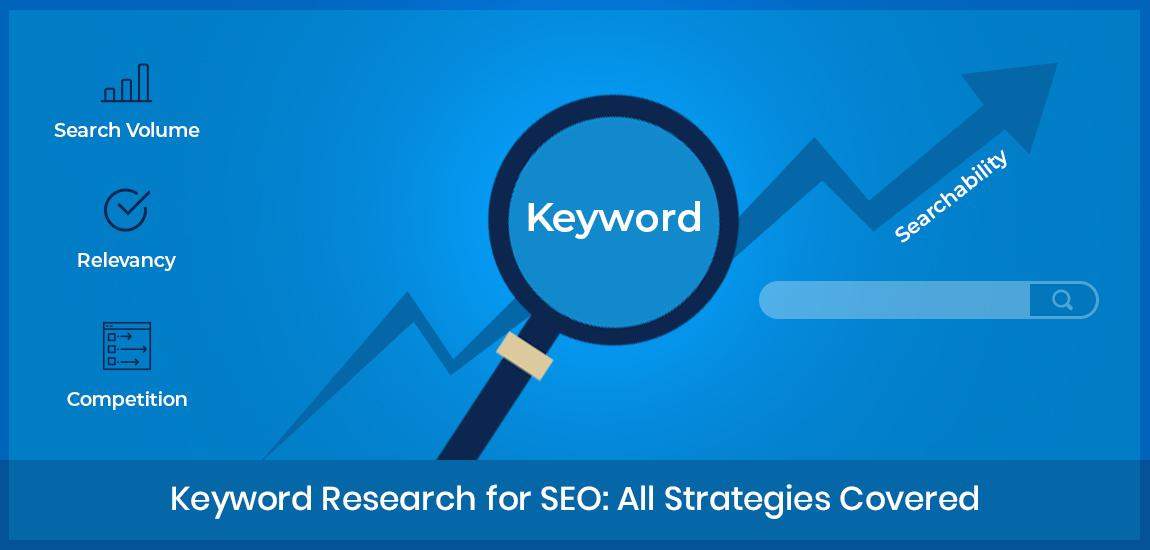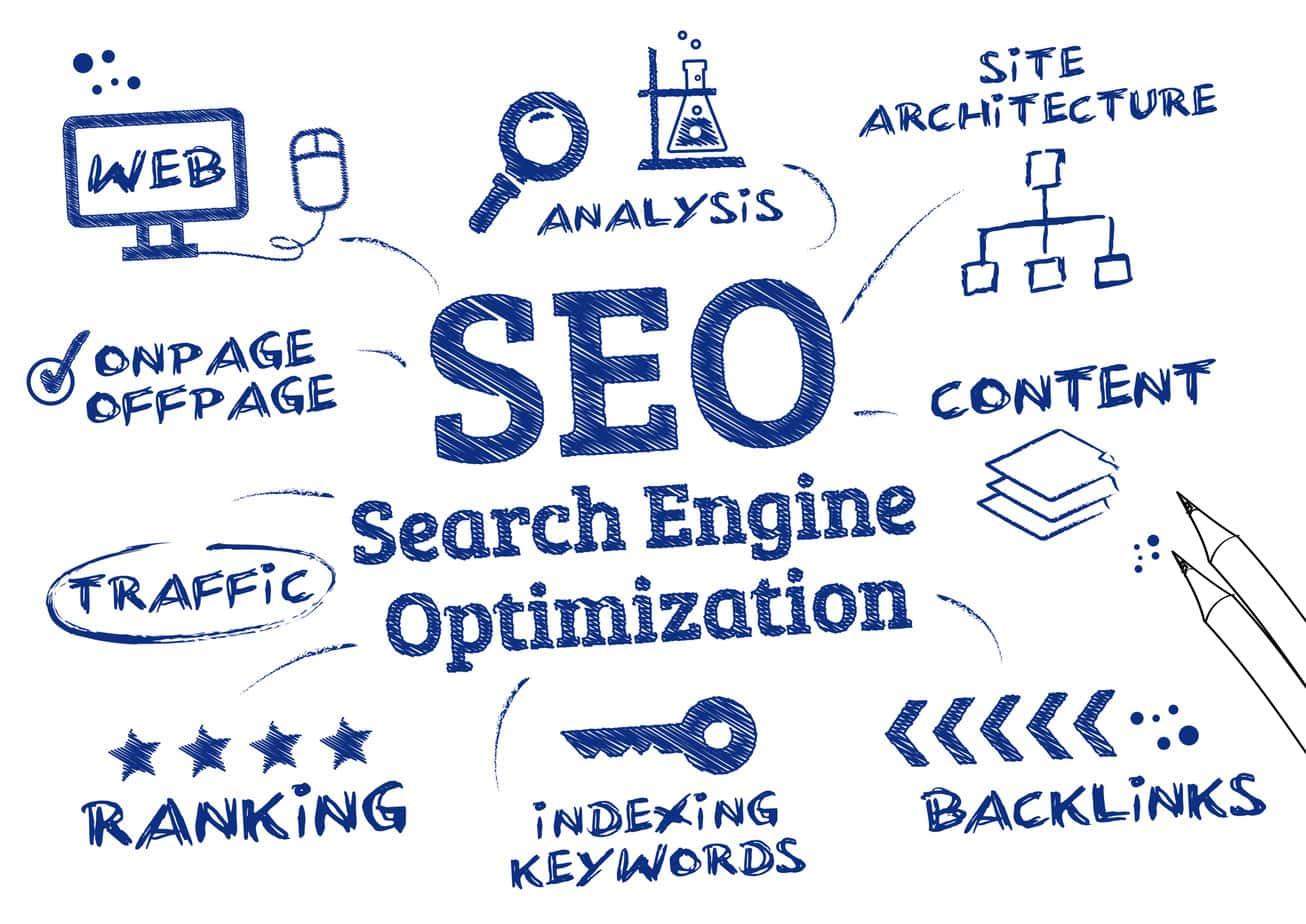In today’s digital landscape, mastering the art of Search Engine Optimization (SEO) is not just a strategy—it’s a necessity. Whether you’re a budding entrepreneur or a seasoned marketer, understanding how to navigate the intricacies of SEO can be the key to unlocking your online success. With countless sites vying for attention, standing out from the crowd requires more than just great content. That’s where effective optimization comes into play. In this listicle, we’ll explore 4 essential SEO optimization tips that can elevate your digital presence and enhance your visibility in search engine results. From honing keyword strategies to improving site performance, each tip is designed to empower you with actionable insights that can help you drive traffic, boost engagement, and ultimately achieve your business goals. Get ready to dive in and transform your online approach!
1) Prioritize Keyword Research: Start by identifying relevant keywords that resonate with your target audience. Utilize tools like Google Keyword Planner or Ahrefs to discover high-volume, low-competition phrases. Incorporating these keywords strategically into your content can significantly enhance visibility in search engine results and attract the right visitors to your site
Effective keyword research is the cornerstone of successful SEO. By understanding the terms and phrases that your target audience uses, you can create content that genuinely meets their needs. Start by brainstorming potential keywords that relate to your industry, then leverage powerful tools like Google Keyword Planner or Ahrefs to delve deeper. Look for keywords that not only have high search volume but also relatively low competition, as these phrases will be easier to rank for. For instance, you might discover long-tail keywords that provide specific insights or solutions, making your content more appealing and discoverable.
Once you’ve gathered a list of promising keywords, the next step is to weave them organically into your content. This could include incorporating them into headings, subheadings, and meta descriptions to enhance your site’s relevance. Consider the following strategies for optimal implementation:
- Content Placement: Ensure that keywords appear in the introduction and conclusion of your articles.
- Variations and Synonyms: Use variations or related terms to keep the content natural and avoid keyword stuffing.
- Internal Linking: Create links with anchor text that includes your targeted keywords to improve site connectivity.
Here’s a simple table showcasing examples of effective keyword integration strategies:
| Keyword Type | Example Phrase | Implementation Strategy |
|---|---|---|
| Short-tail | Digital Marketing | Use in main headings or intro paragraphs. |
| Long-tail | Best digital marketing strategies for small businesses | Feature in blog topics and FAQs. |
| LSI Keywords | SEO optimization, online presence | Use throughout the content to provide context. |

2) Optimize On-Page Elements: Ensure that your webpage is finely tuned for SEO by optimizing on-page elements such as title tags, meta descriptions, and header tags. Craft compelling title tags that include your primary keywords and write engaging meta descriptions that entice users to click through to your website. Properly structuring your content with effective headers also aids readability and boosts your SEO efforts
To effectively enhance your webpage’s SEO performance, it’s essential to focus on optimizing key on-page elements. Title tags are your first opportunity to capture attention; they provide a concise summary of your content and are crucial for search engines. Aim for compelling titles that integrate your primary keywords naturally—this not only helps search engines identify your content but also encourages users to click through from search results. While crafting your titles, keep them under 60 characters for optimal display in search results, ensuring your message is clear and inviting.
Alongside title tags, meta descriptions play a pivotal role in attracting users to your site. A well-crafted meta description should succinctly outline the page’s content, incorporating relevant keywords while being enticing enough to spur clicks. Ideally, these should be around 150-160 characters. Consider using engaging language and a call to action to further enhance your chances of drawing in readers. Additionally, header tags (H1, H2, H3, etc.) are not just for organization; they improve the readability of your content and signal to search engines what your page is about. Strive for a clear hierarchy in your headers, making it easier for both users and search engines to navigate your content.
| Element | Optimization Tips |
|---|---|
| Title Tags | Include primary keywords, keep under 60 characters |
| Meta Descriptions | Summarize content in 150-160 characters; use a call to action |
| Header Tags | Use a clear hierarchy for readability and SEO structure |

3) Focus on Mobile-Friendliness: With a significant amount of web traffic coming from mobile devices, its crucial to ensure your website is mobile-friendly. Utilize responsive design to ensure your site looks great on all screen sizes, and optimize loading times by compressing images and minimizing code. A seamless mobile experience will not only improve your SEO ranking but also enhance user satisfaction
In today’s fast-paced digital landscape, a mobile-friendly website is no longer a luxury; it’s a necessity. As smartphones continue to dominate web traffic, ensuring your site is accessible on all devices is paramount. To achieve this, consider implementing responsive design principles that allow your site to fluidly adapt to various screen sizes. This approach not only guarantees a visually appealing layout but also simplifies navigation, making it easier for users to find what they’re looking for without the hassle of zooming in and out. A site that is difficult to navigate on mobile can lead to frustration and prompt users to leave, which can negatively impact your SEO efforts.
Furthermore, optimizing your website for speed is crucial in enhancing the mobile experience. Large images can slow down loading times, leading to higher bounce rates. To mitigate this, compress images before uploading them, and utilize modern file formats like WebP for faster loading. Additionally, minimizing CSS and JavaScript can significantly reduce load times. Here’s a quick overview of techniques to improve your site’s mobile performance:
| Optimization Technique | Benefits |
|---|---|
| Responsive Design | Ensures compatibility across devices |
| Image Compression | Faster loading times |
| Minification of Code | Reduces file sizes for quicker access |
| Accelerated Mobile Pages (AMP) | Enhances mobile loading speed |

4) Build Quality Backlinks: Establishing a robust backlink profile is essential for improving domain authority and boosting your search rankings. Focus on acquiring backlinks from reputable sites within your niche. Strategies include guest blogging, collaborating with influencers, and creating shareable content that naturally attracts links. Quality backlinks signal trustworthiness to search engines and can lead to increased organic traffic
Establishing a robust backlink profile is crucial for achieving higher domain authority and enhancing your search engine rankings. When seeking backlinks, prioritizing quality over quantity is vital. Focus on acquiring links from reputable sites within your niche, as these high-authority domains can significantly boost your credibility in the eyes of search engines. Effective strategies to build these valuable links include:
- Guest Blogging: Contribute to respected blogs in your industry to gain exposure and a backlink.
- Collaborating with Influencers: Partner with influencers who can share your content and link back to your site.
- Creating Shareable Content: Develop infographics, videos, or articles that have strong share potential, making it easy for others to link to you naturally.
Quality backlinks serve as a digital vote of confidence for your site. They signal trustworthiness and authority to search engines, which can lead to increased organic traffic and better overall performance in search rankings. To visualize the impact of backlinks on your SEO strategy, consider the following table that highlights the advantages of various backlinking methods:
| Method | Benefits |
|---|---|
| Guest Blogging | Increases visibility and builds relationships |
| Influencer Collaborations | Access to larger audiences and enhanced credibility |
| Shareable Content | Drives natural links and engages users |
To Conclude
As we wrap up our exploration of the four essential SEO optimization tips for digital success, it’s clear that mastering the art of search engine optimization is not just a one-time task—it’s an ongoing journey. By implementing strategic keyword research, optimizing your on-page elements, enhancing your site’s speed, and building quality backlinks, you can significantly elevate your online presence.
Remember, the digital landscape is ever-evolving, and staying updated with the latest SEO trends and practices will keep you ahead of the curve. Embrace these strategies, experiment with new ideas, and watch as your efforts translate into increased visibility and engagement.
With these tools in your arsenal, you are now better equipped to navigate the world of digital marketing. Go forth and apply these insights, turning your digital ambitions into reality. Here’s to your success in climbing those search engine ranks!




